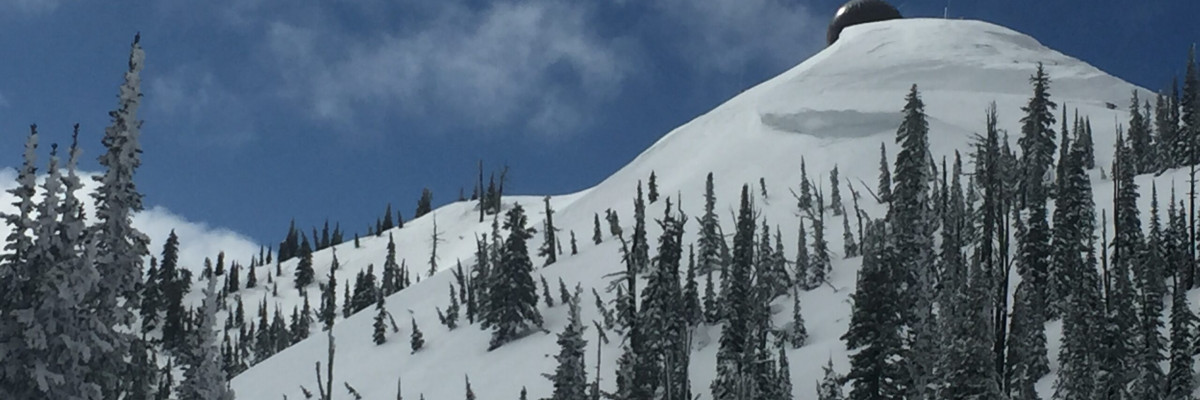The current avalanche danger is MODERATE for the West Central Montana backcountry. Human triggered avalanches are possible in specific terrain. Evaluate the snow and terrain carefully to identify features of concern.
Good morning, this is Logan King with the West Central Montana Avalanche Center’s avalanche advisory for April 1, 2017. This danger rating does not apply to operating ski areas, expires at midnight tonight and is the sole responsibility of the U.S. Forest Service.
Weather and Snowpack
Warm day time temperatures with scattered snow showers will persist through the weekend with minimal accumulations. Temperatures this morning are hovering around freezing and range from 26-34 degrees across the region. Scattered showers have deposited a trace to an inch of snow at locations across the advisory area. Current winds this morning at Point 6 are from the W at 11 mph gusting to 16 mph, and at Deer Mountain are from the SSE at 6 mph gusting to 7 mph.
The primary avalanche concern today is loose wet avalanches. As temperatures climb and the sun affects the snow surface loose snow avalanches will be easily triggered in steep terrain. Watch for indicators of weakening snow surfaces like roller balls, and be cautious of terrain traps that increase the consequences of getting taken off your feet by a small loose wet slide.
The secondary concern is wind slabs above 7,500 feet. Winds are less active today but Travis and I toured in the Rattlesnake yesterday and found that winds had transported a fair amount of snow at upper elevations. Carefully evaluate terrain and snowpack to determine if wind slabs are present. Most wind slabs will be small and isolated in pockets above tree line.
Cornices in the Rattlesnake were sagging yesterday and looked very touchy. Steer clear of cornices as they tend to break farther back than expected and will fail readily under the stress of any additional weight.
Avalanche and Weather Outlook
Scattered showers and sun will persist through the weekend but no significant accumulations are expected. The avalanche danger will remain the same as conditions don’t look to change, but we are in the daily cycle of increasing danger through the day as temperatures climb.
This is the last regular scheduled advisory but we will post additional avalanche and snowpack information if necessary for the next couple of weeks. If you are out in the backcountry, please share your observations, we will continue to post public observations to the website.
Thanks for the great season, Ski and ride safe.














